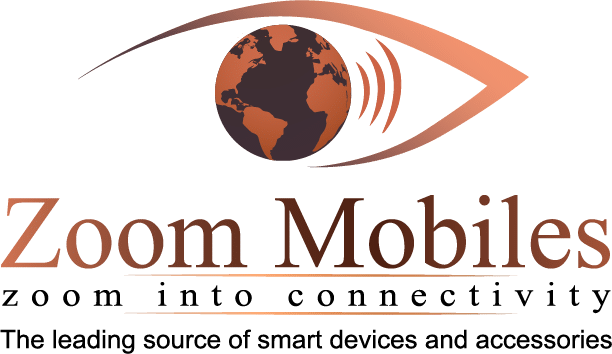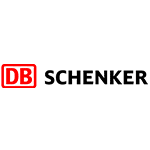In other words, the depreciated amount expensed in each year is a tax deduction for the company until the useful life of the asset has expired. The most common depreciation method is the straight-line method, which is used in the example above. The cost available for depreciation is equally allocated over the asset’s life span. As the depreciation expense is constant for each period, the depreciated cost decreases at a constant rate under the straight-line depreciation method. As such, the actual cash paid out for the purchase of the fixed asset will be recorded in the investing cash flow section of the cash flow statement. Companies may choose to finance the purchase of an investment in several ways.
- They typically include direct labor (i.e., wages for employees who physically manufacture a product) and direct materials.
- It is calculated by summing up the depreciation expense amounts for each year.
- Depending on the asset and materiality, the credit side of the amortization entry may go directly to to the intangible asset account.
Whether it is a company vehicle, goodwill, corporate headquarters, or a patent, that asset may provide benefit to the company over time as opposed to just in the period it is acquired. To more accurately reflect the use of these types of assets, the cost of business assets variance analysis learn how to calculate and analyze variances can be expensed each year over the life of the asset. The expense amounts are then used as a tax deduction, reducing the tax liability of the business. The units-of-production method depreciates equipment based on its usage versus the equipment’s expected capacity.
The treatment of depreciation as an indirect cost is the most common treatment within a business. Depreciation expenses, on the other hand, are the allocated portion of the cost of a company’s fixed assets for a certain period. Depreciation expense is recognized on the income statement as a non-cash expense that reduces the company’s net income or profit. For accounting purposes, the depreciation expense is debited, and the accumulated depreciation is credited.
Create a free account to unlock this Template
An asset is depreciated faster with higher depreciation expenses in the earlier years, compared with the straight-line method. The accumulated depreciation is equal to the sum of the incurred depreciation expenses. The depreciated cost can also be calculated by deducting the sum of depreciation expenses from the acquisition cost. Depreciation is a type of expense that is used to reduce the carrying value of an asset.
Indirect costs are essential to consider when making decisions about a company’s operations as they can have a major impact on the overall costs of production. Depreciation is the method used to deduct the value of a fixed or a tangible asset over its useful life. While direct costs are the business expenses that are directly tied up with the production of goods and services sold by a company. This expense can be direct or indirect expense depending on how the related asset is used in the business. Direct cost is a price that can be directly related to the production of goods and services. These are the costs of operating the core business activities of a company.
- It reports an equal depreciation expense each year throughout the entire useful life of the asset until the asset is depreciated down to its salvage value.
- Accumulated depreciation is the total amount of depreciation expense recorded for an asset on a company’s balance sheet.
- Direct and indirect costs are the two major types of expenses or costs that companies can incur.
- Depreciation is an important factor in estimating property value for taxation purposes and can be used to calculate the amount of money that a company can write off for tax purposes.
- It is important to consider depreciation when assessing the profitability of a business, as it is a non-cash expense that can have a significant effect on the financial statements.
Generally speaking, there is accounting guidance via GAAP on how to treat different types of assets. Accounting rules stipulate that physical, tangible assets (with exceptions for non-depreciable assets) are to be depreciated, while intangible assets are amortized. The formulas for depreciation and amortization are different because of the use of salvage value. The depreciable base of a tangible asset is reduced by the salvage value. The amortization base of an intangible asset is not reduced by the salvage value.
The accounting entries for depreciation are a debit to depreciation expense and a credit to fixed asset depreciation accumulation. Each recording of depreciation expense increases the depreciation cost balance and decreases the value of the asset. There are a number of methods that accountants can use to depreciate capital assets.
What Is Depreciated Cost?
For example, Ford Motor Company (F) manufactures automobiles and trucks. The steel and bolts needed for the production of a car or truck would be classified as direct costs. However, an indirect cost would be the electricity for the manufacturing plant.
Depreciation as direct or indirect expense
(g) Any non-Federal entity that has a current federally-negotiated indirect cost rate may apply for a one-time extension of the rates in that agreement for a period of up to four years. This extension will be subject to the review and approval of the cognizant agency for indirect costs. If an extension is granted the non-Federal entity may not request a rate review until the extension period ends. At the end of the 4-year extension, the non-Federal entity must re-apply to negotiate a rate. Subsequent one-time extensions (up to four years) are permitted if a renegotiation is completed between each extension request. It’s important to understand these direct costs, as they can help businesses make accurate pricing decisions and assess profitability.
Units of Production Depreciation
Depreciation is a non-cash expense because it does not generate any cash outflow from the business. Depreciation is done regularly so the companies can move the costs of their assets from their balance sheet to their income statement. Depreciation, on the other hand, is the allocation of the cost of a tangible or physical asset over its useful life. It often involves assets that are used in the general operations of the business—not tied to the production of one specific good or service. For example, the depreciation of a manufacturing plant or equipment can’t usually be directly tied to a single product, but rather, it supports the production of all products.
Though different, the concept is somewhat similar; as a loan is an intangible item, amortization is the reduction in the carrying value of the balance. Subsequent results will vary as the number of units actually produced varies. For example, if a company purchased a piece of printing equipment for $100,000 and the accumulated depreciation is $35,000, then the net book value of the printing equipment is $65,000.
How Depreciation Affects Cash Flow
Declining balance depreciation allows companies to take larger deductions during the earlier years of an assets lifespan. Sum-of-the-years’ digits depreciation does the same thing but less aggressively. Finally, units of production depreciation takes an entirely different approach by using units produced by an asset to determine the asset’s value. Almost all intangible assets are amortized over their useful life using the straight-line method.















